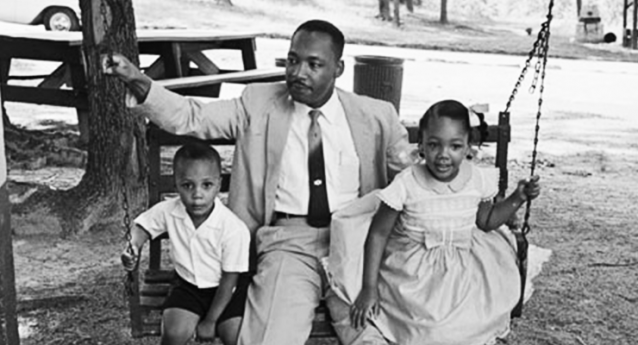I was born in 1949 on the tail end of the U.S. Post-World War II baby boom. When I was in fourth grade, my family moved from a farm in Berkeley County West Virginia to the spanking new Virginia suburbs of our nation’s capital. Through school field trips and family outings, I became well acquainted with Washington D.C.’s monuments, museums, cherry blossoms, and government buildings. Beginning in middle school, my history and government teachers connected our work to current events, which, considering our location, were often local news for us.
By 1963, the Civil Rights Movement, which began in the early 1950’s, was in full swing, and we followed its progression on the 6:00 news. On June 12th it was reported that the Mississippi civil rights leader Medgar Evers had been shot in the back as he walked toward his house to be with his family after a long day of work. I was fourteen. In August, the “March on Washington for Jobs and Freedom” took place less than 20 miles from our house. It was attended by more than a quarter of a million people of different races and economic classes from across the country. I listened to The Reverend Martin Luther King Jr.’s speech about his dream for our country, and it became my dream too.
On Sunday, September 15th, the Sixteenth Street Baptist Church in Birmingham, Alabama was bombed, killing four little girls attending Sunday School dressed in their best frocks and with ribbons in their hair. I remember my mother weeping and saying, “How could anyone bomb children in a church?”
On November 22nd, I was in the James Madison High School Library when our principal came on the PA system to tell us that President John Kennedy had been assassinated. Two days later I watched on television, in real time, as the accused assassin was gunned down in the Dallas police station.
After high school, I went on to college at West Virginia University, and on April 4th, 1968, I was crossing the street on my way to class when I heard students yelling to each other, “Have you heard the news? Have you heard the news? Martin Luther King was assassinated.”
For the previous nine months, King and his SCLC colleagues had been organizing the “Poor People’s Campaign,” a multiracial army of the poor, to march on Washington and engage in nonviolent civil disobedience to demand an economic bill of rights for all poor Americans. Despite the murder of their leader, on May 21st three thousand participants began setting up “Resurrection City” on the Washington Mall, where they stayed for six weeks. When Robert F. Kennedy was assassinated in Los Angeles fifteen days later, his funeral procession passed through Resurrection City en route to Arlington National Cemetery. For me and most of my friends, it felt like the dream had come to an end.
In 1981, in response to increased Ku Klux Klan activity in the South, Roadside Theater began working with Junebug Productions, the New Orleans African American theater that grew out of the Civil Rights Movement’s Free Southern Theater. After conducting cultural exchanges between our economically strapped communities, we decided to co-create a play about the historical relationship between black and white poor and working class people in the South.
We agreed the play would span the time from the slave trade and the first landing of European indentured servants until the end of the Vietnam War. To build a foundation for the play, we sat together in circles telling each other personal stories about our experience with race, place, and class. Junebug/Jack, a musical, toured nationally from 1991-1999. There’s a section of the play in which Junebug, an archetypal black storyteller, reflects on the circumstances around the plantation.
Junebug and Old Bill saw everything inside of thirty or forty miles in every direction. They saw that in spite of the terrible conditions most of the colored people were living up under, in most sections it was more of them than there were white folk. Then again there was a whole bunch of white people that might as well to have been slaves for all they could get out of life. They seed that between the colored slaves and the poor white people, didn't hardly nothin' get done around there unless they were the ones to do it. But everybody was so busy trying to keep their own little heads from getting cracked, that they didn't take the time to stand back and look at the big picture that had everybody in it.
